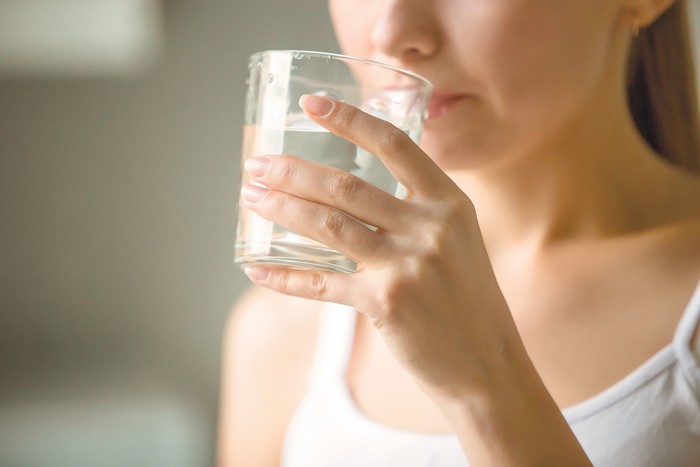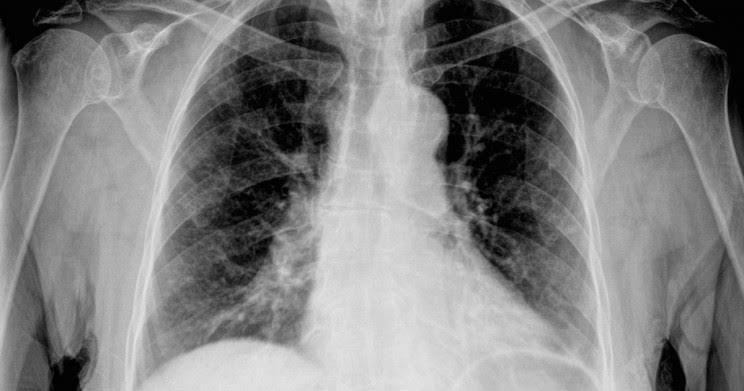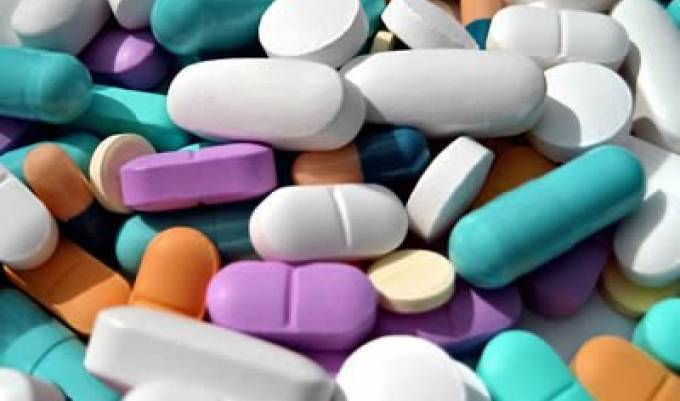Microplastics in drinking water do not appear to pose a health risk at current levels, according to the World Health Organization (WHO).
In its first report on the issue, the WHO found that larger particles, and most smaller ones, pass through the body without being absorbed.
But it said the findings were based on “limited information” as it called for greater research on the issue.
“We urgently need to know more”, the United Nations body said.
What does the report say?
Microplastics, defined as small (less than 5mm in length) pieces of any kind of plastic debris, have been found in rivers, lakes, drinking water supplies, and in bottled water.
So what does that mean for human health?
In its first ever report on the issue, the WHO says microplastics do not appear to pose a health risk at current levels, but adds that much more research is needed.
Nevertheless Dr Gordon does say the available research should be “pretty reassuring” for human consumers. The WHO says the evidence suggests that all larger plastic particles, and most of the smaller ones, simply pass through the body without being absorbed at all.
What should be done?
Proper waste water treatment, involving the removal of faecal content and chemicals, should, the WHO says, also remove more than 90% of microplastics. That is why the WHO’s recommendations in the wake of this report do not include routine checks for microplastics in water. Instead, the WHO wants drinking water suppliers and regulators to concentrate on “known risks”.
How limited is the research?
The key message of this initial report is really how much we don’t know about the consequences of plastic pollution.
Some studies suggest that bottled water contains more microplastics than tap water, but it is not clear why. It could be a contaminated source water, but it could also be the plastic polymers used to make the bottles and bottle caps.
















